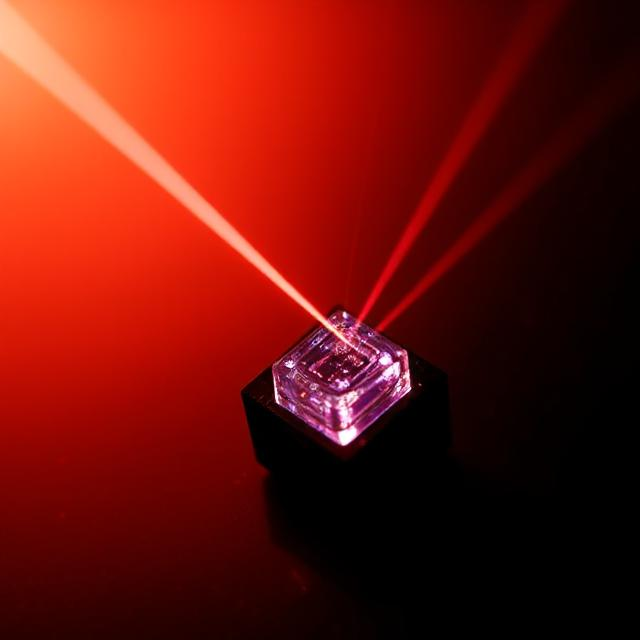Circuit theory is the cornerstone of electrical and electronic engineering. It enables us to understand how electricity flows, how components interact within a circuit, and how to design systems that operate efficiently. Whether powering a small LED or an entire home, grasping the basics of circuit theory is vital.

What is a Circuit?
A circuit is a closed loop that allows electric current to flow. A basic circuit consists of:
-
A power source (like a battery or generator)
-
Wires or conductors to carry the current
-
Components such as resistors, switches, capacitors, and LEDs
-
A load, which is any device that uses electricity
For electric current to flow, the circuit must be closed—meaning there’s a continuous path for the current to travel from the power source, through the components, and back.
Key Electrical Quantities
Before diving into circuit analysis, it’s important to understand a few key electrical quantities:
-
Voltage (V) – The force or push that moves electric charges.
-
Measured in volts (V), it’s comparable to water pressure in a pipe.
-
-
Current (I) – The flow of electric charge.
-
Measured in amperes (A), it represents the amount of charge flowing.
-
-
Resistance (R) – The opposition to the flow of current.
-
Measured in ohms (Ω), it controls how much current can flow.
-
These three quantities are connected through Ohm’s Law:
Types of Circuits
There are two main ways in which components can be connected in a circuit:
-
Series Circuit:
-
There is one path for the current to flow.
-
If one component breaks, the entire circuit stops.
-
Voltage divides across components, but current remains the same.
-
-
Parallel Circuit:
-
There are multiple paths for current to flow.
-
If one branch fails, the others continue working.
-
Voltage stays the same across each branch, while current divides.
-
Many real-world circuits use a combination of both series and parallel connections.
Basic Laws in Circuit Theory
To analyze and solve circuits, two major laws are used:
-
Ohm’s Law:
-
Relates voltage, current, and resistance and is essential for calculating unknown values in simple circuits.
-
-
Kirchhoff’s Laws:
-
Kirchhoff’s Current Law (KCL): The total current entering a junction is equal to the total current leaving.
-
Kirchhoff’s Voltage Law (KVL): The total voltage around a closed loop is equal to zero.
-
These laws are vital for solving complex circuits that contain multiple loops or branches.
Common Circuit Components
Here are some basic components commonly found in circuits:
-
Resistors: Limit the flow of current.
-
Capacitors: Store and release electrical energy.
-
Inductors: Resist changes in current.
-
Switches: Open or close the circuit.
-
Power sources: Provide energy (e.g., batteries, power supplies).
-
Loads: Devices that use electricity (e.g., bulbs, motors).
Understanding how these components behave is crucial when building and troubleshooting circuits.
Schematic Diagrams
Engineers use schematic diagrams to represent circuits visually. These diagrams use standard symbols to show how components are connected, making it easier to plan and understand a circuit before building it.
Why Circuit Theory is Important
Circuit theory helps us:
-
Design reliable electrical systems
-
Troubleshoot and solve electrical problems
-
Improve energy efficiency in devices
-
Understand how various electronic devices work
From simple gadgets to complex machines, circuit theory forms the foundation of electrical engineering.
Summary Table
| Concept | Description |
|---|---|
| Circuit | A closed loop for current to flow |
| Voltage | Electrical pressure, measured in volts |
| Current | Flow of electrons, measured in amperes |
| Resistance | Opposition to flow, measured in ohms |
| Ohm’s Law | V = I × R |
| KCL (Current Law) | Total current into a junction = total current out |
| KVL (Voltage Law) | Total voltage around a loop = 0 |
| Series Circuit | One path, same current, voltage divides |
| Parallel Circuit | Multiple paths, same voltage, current divides |
| Schematic Diagram | A visual plan using symbols for components |
Circuit theory is essential for anyone working with electrical or electronic systems, whether for designing circuits, solving problems, or optimizing energy usage.











